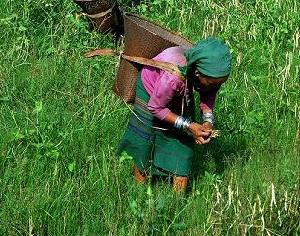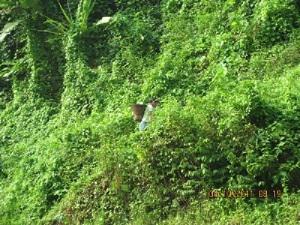Mohammad Shaheed Hossain Chowdhury
The project aims to explore the ethno-zoological indigenous knowledge of the Mro tribe highlighting the pattern of hunting and its impact on the local/regional wild faunal resources.

Bangladesh is rich both in floral and faunal diversity from time immemorial, but the country's biodiversity is subject to various kinds of human induced interventions and activities. The hill forest ecosystem of Bangladesh is mostly situated in Chittagong Hill Tracts (CHTs) in the country’s south-eastern part. With an area of 1.32 million ha, it supports a rich biodiversity. A number of tribal communities live in the region; the Mro are the most ancient who are generally concentrated at Thanchi area. They live inside the forests and depend on various forest resources for almost everyday necessities. A major part of this is covered by hunting and gathering wild animals which are expected to have a remarkable impact on the local wildlife status. This practice results in the decrease in the wildlife resources. Therefore, exploring the pattern of hunting by the Mro and assessing the impact of unsustainable harvesting on wild faunal resources are crucial for planning sound policies and efficient management strategies for wildlife conservation in the hill forest region of the country. The project is expected to address this issue, particularly.

Due to the isolation of the Mro community from the outer societies, the pattern of their living was not explored much except the few studies basically based on ethno-botany by this author. During those studies, some of their ethno-zoological aspects of livelihoods were also observed that need to be studied further. Particularly, their long-timed practice of harvesting wild faunal resources from forests by hunting and gathering should be addressed carefully to assess its impact on the biodiversity status and ecosystem stability. Keeping these research questions in consideration, the project will be aimed to document the faunal use by the Mro, explore the relevant indigenous knowledge and assess the impact on the status of faunal diversity in the region. The findings will be used for developing participatory action plan emphasizing on the alternative source for faunal protein, campaigning awareness for wildlife conservation, and creating scopes for nature education among the marginal tribal community. In the long run, it will give useful clues to the policy makers for formulating efficient policies for wildlife conservation and community livelihoods development in correspondence with the Articles 8-10 of the Convention on Biological Diversity.